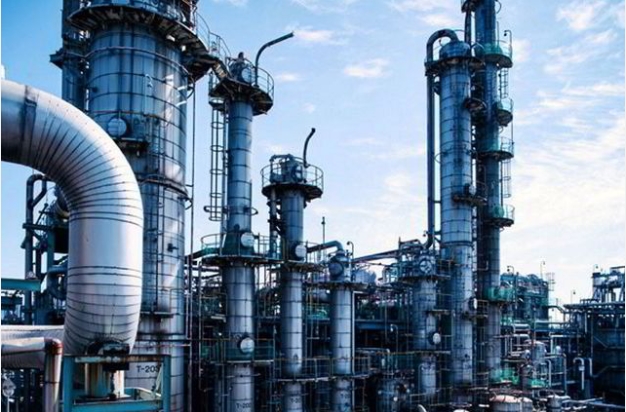
However, despite the hydrogen-storing compound being able to store more H2 by volume than compressed and liquefied hydrogen or ammonia, it can become violently explosive, while experts also query its cost and energy efficiency.
Tokuyama, in collaboration with compatriot Bio-coke Giken Co, has installed a hydrogenation reactor at its caustic soda plant — where by-product hydrogen released from the chlor-alkali process reacts with solid magnesium, and forms magnesium hydride on the surface of the metal, effectively locking the H2 molecules in place for storage or transport at room temperatures and at atmospheric pressures.
The hydrogen is later retrieved by mixing the magnesium hydride with water to form hydrogen and magnesium hydroxide — a process which yields twice as many hydrogen molecules as originally stored, due to the presence of hydrogen ions in water (H2O).
The company is now planning to produce 30 tonnes of magnesium hydride per year, although at the time of publication Tokuyama had not responded to Hydrogen Insight’s questions about how much hydrogen this would yield.
According to Tokuyama, magnesium hydride can act as an effective carrier of hydrogen molecules, in place of ammonia or methanol, both of which have been touted as the most effective methods of transporting H2.
“Magnesium hydride, one of the hydrogen carriers, is capable of high-density hydrogen storage and remains chemically stable at room temperature and pressure,” the company said in a press release. “It is therefore expected to be a next-generation hydrogen carrier for the safe storage and transport of hydrogen.”
Magnesium hydride is, according to Tokuyama, a safe and inexpensive method of transporting hydrogen, citing its relatively light weight and high energy density compared to ammonia — which is usually touted as the best method of transporting hydrogen long-distance, typically by sea.
However, powder or dust emanating from magnesium hydride is highly and violently explosive, especially when it makes contact with water, raising the question of whether shipping it by sea would be safe or feasible.
It can even ignite in air in some circumstances, and was implicated in an explosion at the former headquarters of electrolyser manufacturer McPhy in France last year.
Paul Martin, an independent chemical process development expert and a member of the Hydrogen Science Coalition, has previously warned that using solid metal hydrides such as magnesium hydride to store and transport hydrogen is extremely energy intensive, making it an unaffordable option — despite the doubling of H2 molecules.
This is because making magnesium hydride in the first place requires a significant amount of heat and pressure, and removing the hydrogen molecules from the hydride also requires heat.
“The energy cycle efficiency of all such schemes involving metal hydride reactions with water are therefore negligible, tending to be in the single digits, because the process of re-making the metal and then the hydride is so energy-intensive,” he noted in a 2022 essay.
“Wasting ten joules merely to deliver one joule at destination is not something we’re going to do at scale.”